I started this post with light-hearted, childhood memories of meals we had when my family lived in Kinshasa, Congo. Then a news piece caught my eye, and I realized how frivolous my food challenges were in comparison to people living in the country today.
I like good food, but there are times when it's better to eat than complain, namely, when you are hungry and in the Third World.
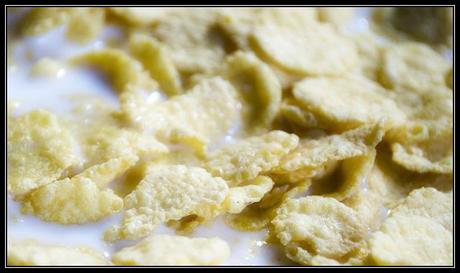 Our morning routine
in Kinshasa was to pour stale Corn Flakes into a bowl, add re-constituted powdered milk,
wait for the weevils that infested the cereal to float to the top, scoop them
off and onto a plate, and then eat our cereal with gusto. I never questioned
this routine.
Our morning routine
in Kinshasa was to pour stale Corn Flakes into a bowl, add re-constituted powdered milk,
wait for the weevils that infested the cereal to float to the top, scoop them
off and onto a plate, and then eat our cereal with gusto. I never questioned
this routine.
Mom made freeze-dried cottage cheese that she reconstituted for a meal. She made freeze-dried sweet potatoes which were horrible when they were reconstituted, but we gagged them down when we were hungry anyway. We made our own
I also blog at http://nomadtrailsandtales.com. I hope you will follow my posts there as well. sausages and patties. We
boiled and filtered endless amounts of water. We soaked our vegetables in iodine.
Our kitchen was like a mad scientist’s laboratory with giant kettles of water
boiling, a series of stainless steel filtration and storage containers, racks
for drying foods, a large pantry, and food in various stages of preparation.
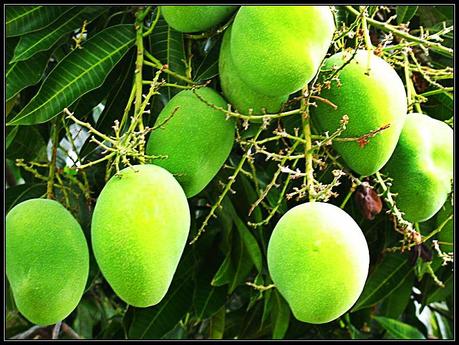
Mango tree by Robert McLean
CCx2.0
Our favorite trip into downtown Kinshasa was to a French bakery, where we made a point of going on baking days. The warm, yeasty scent of fresh-baked bread filled our heads. We selected horn-shaped pastries filled with cream, and we always bought two long loaves of fresh-baked bread: one for the ride home, eaten while still warm, and one for our dinner.
One year, we had a luau for Christmas. It was warm outside, so we planned a pool party. Dad stuck two pigs and hung them in my sister’s bathtub to bleed out. It was horrible and stunk and Susie was nearly sick looking at the pigs’ sagging faces and vacant eyes staring down the drain; slit throats with blood oozing out. We roasted the pigs on a spit over a couple of fire pits we dug in the back yard near the swimming pool. Our guests exclaimed at how tender it was, how easily it pulled apart. We made cracklings from the skin. We ate pork for weeks after that. Susie could not eat it. ---
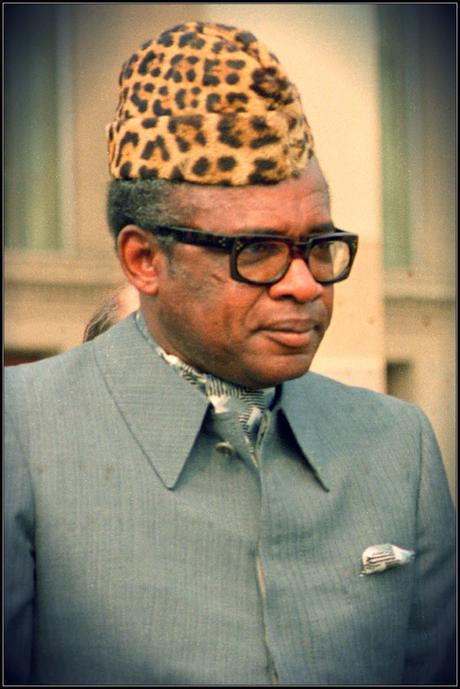
Mobutu - Wikipedia
photo
Mobutu’s corruptions eventually brought the Congo to its knees. The country then became embroiled in over two decades of civil war that spilled over the borders after the Rwanda genocide. That conflict continues today. Life for most Congolese is a daily struggle. Over 50 percent of the population lives on under a dollar a day.
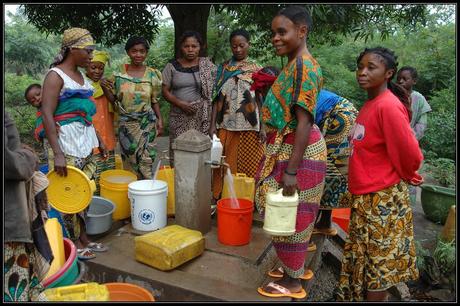
Congolese women at water station by Julien Harneis CCx2.0
In 2012 in Eastern Congo, the UN estimated that over 1.5 million people were on the move, fleeing the fighting. A UN news article dated May 3, 2013, stated that Mai-Mai fighters in the east have propelled over 200,000 people into flight since April, and there are at least 354,000 internally-displaced refugees trying to escape the conflict in the Katanga province alone. The UN’s World Food Programme is working to provide food security to more than 3 million people in the Democratic Republic of the Congo in spite of warfare, bad roads, and the isolation and distance between populations being served.During times of warfare, the fields and rivers are too dangerous for people to farm or fish. During peaceful times, cassava is a staple food of the Congo. Plantains, palms, nuts, fruits, fish, and bush meat supplement their diet. When we lived there, lots of Congolese people ate crickets as a delicacy. Grubs and caterpillars are also sought out for their protein.
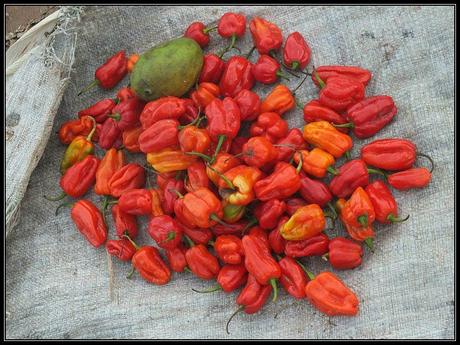
Piri piri peppers by Orrling CCx3.0
Tim Butcher’s travel memoir of the Congo, Blood River, recounts his meeting with a village chief in Mukumbo near Lake Tanganyika who reminisces about his country’s history. The village used to be served by buses and cars and other symbols of modern life. Since the conflict, nothing remains. When fighting nears, the villagers flee into the bush, which they have learned is the safest place for them. Their village is continually being destroyed and must be rebuilt. Butcher comments, “The normal laws of development are inverted here in the Congo. The forest, not the town, offers the safest sanctuary, and it is grandfathers who have been more exposed to modernity than their grandchildren. I can think of nowhere else on the planet where the same can be true.”
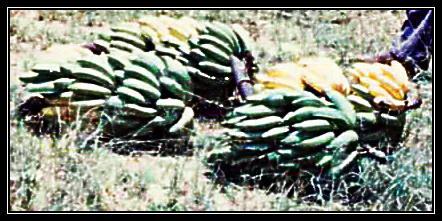
Meals in the Third World can be a challenge, but this is true nowhere more than in the Congo.
I also blog at Nomad Trails and Tales. I hope you'll stop by there to read more about my travel adventures and life growing up among worlds.

